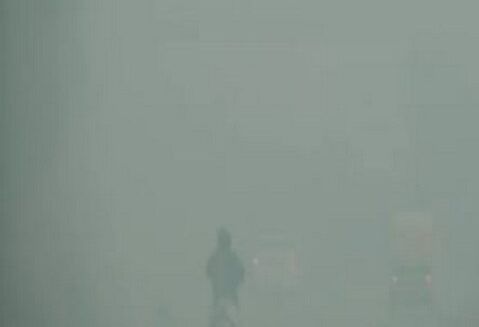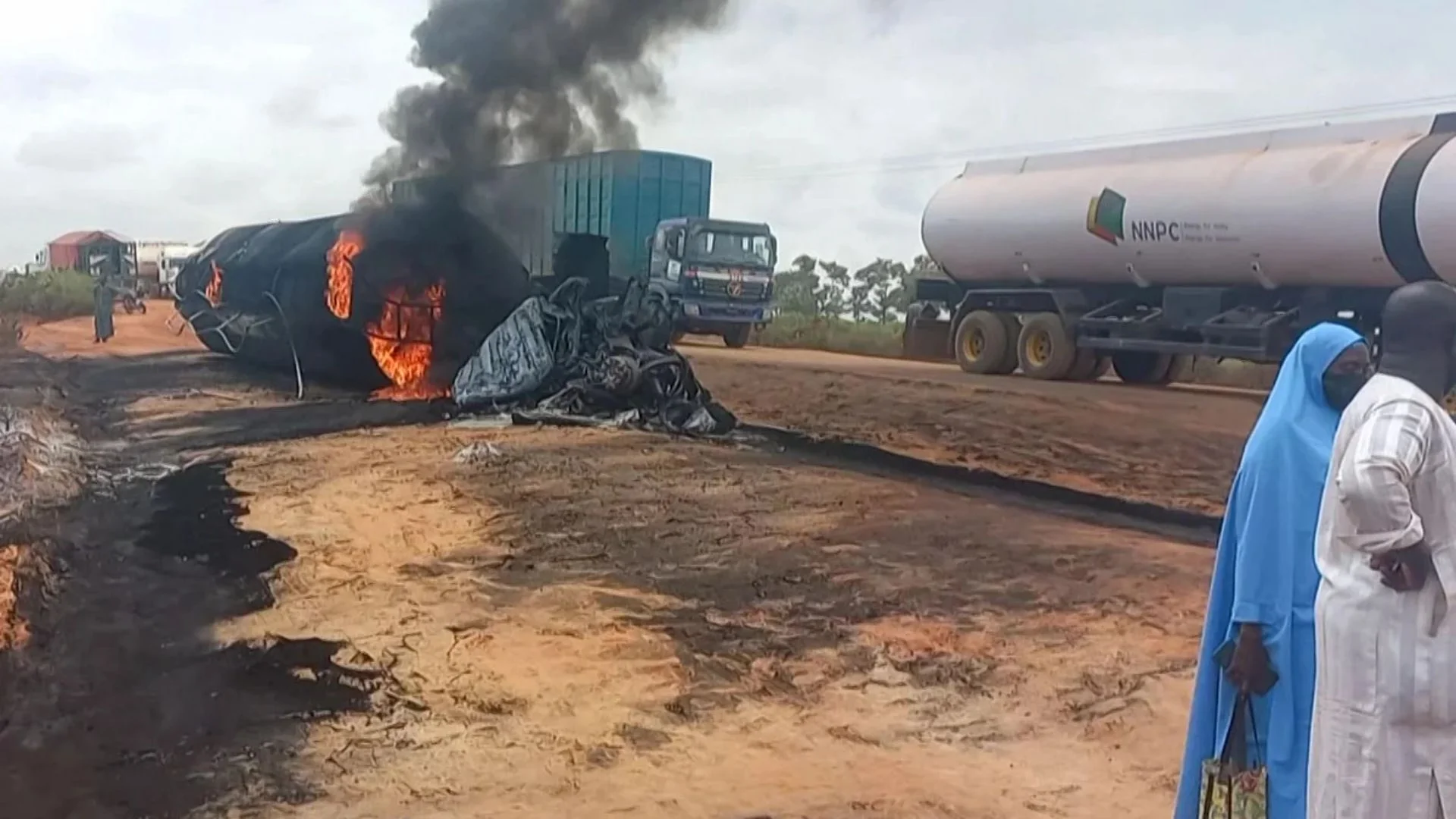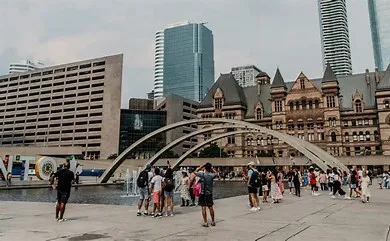With an air quality index (AQI) of 426 at 9am on Tuesday, the highest reading so far this year, Delhi’s pollution levels worsened and fell into the severe category.
Due to a spike in agricultural fires and weather conditions that encouraged the buildup of pollutants, the city was on track to experience its worst air pollution levels since December 26, 2021, when the AQI was 459 in the city. Under the influence of a western disturbance, which is anticipated to cause a change in wind direction, some relief was anticipated beginning on November 4.
Delhi got a 404 AQI on January 2 of this year. The Central Pollution Control Board (CPCB), which publishes a bulletin each day at 4 p.m., said that it was 392 on Monday (extremely poor). Sunday saw the AQI of 352 (extremely poor).
Data from the CPCB’s Sameer app revealed that at least 26 of the 37 ambient air quality monitoring stations recorded severe category pollution at 9am on Tuesday. The area with the highest air quality index was Burari Crossing (477), followed by Jahangirpuri (475) and Sonia Vihar (475). (469).
Between 0 and 50, the air quality index (AQI) is considered acceptable, between 51 and 100, satisfactory, 101 to 200, moderate, 201 to 300, bad, 301 to 400, and 401 to 500, severe.
Experts said the pollution from stubble burning was rising with an increase in farm fires while meteorological conditions such as calm winds, low temperatures, and a low mixing height were also favourable for the accumulation of pollutants.
India Meteorological Department (IMD) scientist V K Soni, who is also part of the Commission for Air Quality Management, said mostly calm winds from the northwesterly direction and stable atmospheric conditions are favourable for the accumulation of pollutants. He added the mixing layer height, within which pollutants get trapped, was dropping and was currently less than 500 metres. “This is why pollutants are unable to disperse and a haze is visible,” he said.
IMD scientist R K Jenamani said calm wind conditions and a strong northwesterly will persist until November 4 onwards when the western disturbance is expected to bring some respite. “While this… [western disturbance] will be far from Delhi-NCR [National Capital Region], it will lead to a change in wind direction to easterly and may increase local wind speed too.”
The northern plains have seen an increase in farm fires. In Punjab, Haryana, and Uttar Pradesh, 2,221 fires were reported on Monday as opposed to 1,916 the day before. NASA satellite imagery showed a heavy cloud of smoke covering the Indo-Gangetic Plains.
According to the earth sciences ministry and the Indian Institute of Tropical Meteorology’s Decision Support System, which the CAQM employs, stubble burning contributed roughly 17% of Delhi’s PM 2.5 levels on Monday.
The earth sciences ministry’s System of Air Quality Management and Weather Forecasting and Research (Safar) estimated the contribution as about 22%. According to Safar, the contribution from burning stubble reached a season high of 26% on Sunday. With northwesterly winds blowing in the direction of the capital, it was predicted to stay at a same height.
On Tuesday morning, Delhi recorded a minimum temperature of 15.2 degrees Celsius, a degree below normal, and the maximum temperature was predicted to be about 32 degrees.























